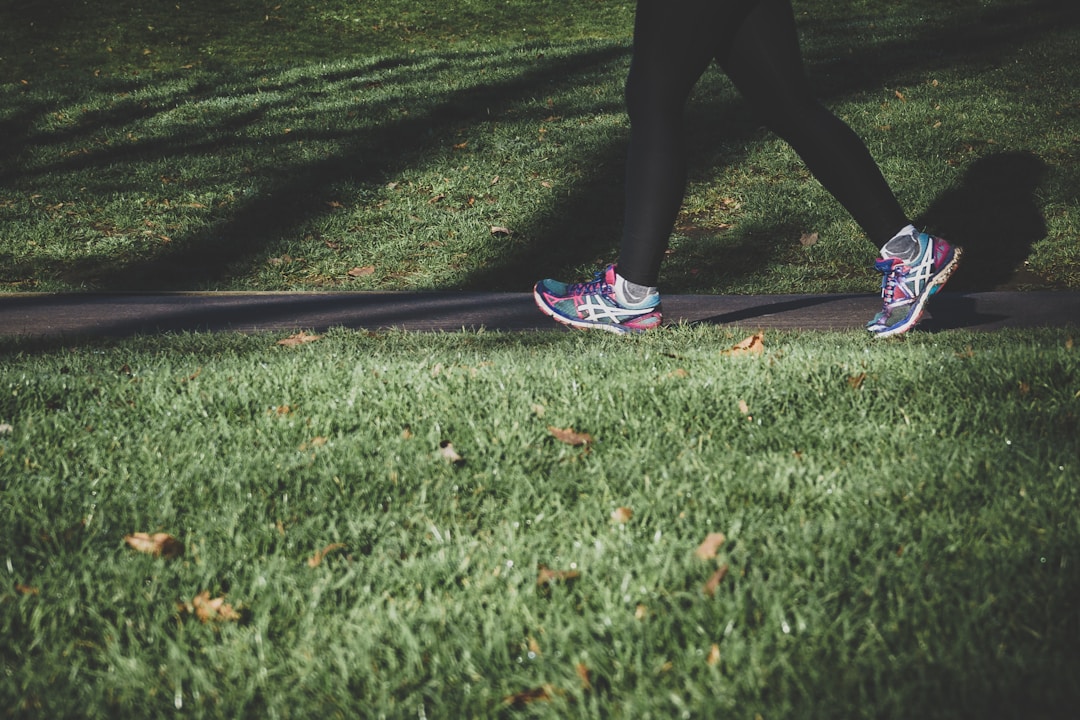It can be hard to determine the most efficient way to get around sometimes. In big cities, mass transit can simplify the process for millions of people, but not everyone lives in a place with a wide variety of transportation options. This can leave people to choose between driving, riding a bike, or walking to get where they need to go.
Relying exclusively on a vehicle and excluding biking or walking can make getting around simpler, but there are real benefits to going places on foot, even if it’s just an occasional habit. However, many people suffer from a variety of medical conditions that can make walking difficult to impossible. If you’re not sure how to get where you’re going, read on to learn more about finding the right balance between walking and driving in your life.
What are the advantages of driving?

Depending on where you live, you might find that being able to drive and owning a vehicle is essential. In many big cities, there is a robust mass transit system that can accommodate the majority of citizens not owning their own car, but this isn’t the case in all areas. Especially in rural cities and towns, it may be difficult to find a job that doesn’t require the ability to drive or require that you own a car yourself. Essentials like doctor’s offices and grocery stores may also be too far away to be accessible on foot.
If you don’t yet have a driver’s license, it’s important that you give yourself a quality education before you get behind the wheel. Programs like those offered by the Ignition Driving School can provide new drivers with adequate preparation for any situation they may encounter on the road. You may think that driving school is unnecessary or that a friend can teach you, but you’ll feel better in your motor vehicle if you have a high-quality driving education.
How can you walk more in day-to-day life?

Even if you live somewhere that requires the use of a car on a regular basis, you can still find ways to experience the benefits of walking more often in your day-to-day life. A trip around the block or through your neighborhood by yourself or with a pet can help you get some exercise and improve your mood. If you have a few errands to run that are clustered in the same part of town, consider parking and walking the distance between stops rather than moving your car each time. Something as simple as a trip to the mall can provide an opportunity to move your legs a little bit.
Walking has a variety of health benefits, but it can be difficult for some people who experience pain or discomfort when on their feet for too long. Knee pain and heel pain are also common for runners, who can often benefit from some type of cushion or arch support. Effective products like the Power Step insole can be real difference-makers for those who struggle with walking for any significant period of time. People with foot conditions like plantar fasciitis often find walking long distances, or even staying on their feet, to be painful.
While many cities offer enough options for mass transportation that a personal vehicle isn’t necessary, this isn’t the case in many places all over the world. However, just because you may need a car for some responsibilities doesn’t mean you shouldn’t consider traveling on foot sometimes. You can reap the benefits of walking more often without making it your primary mode of transportation, though you might be surprised to find out how many ways you can work a short walk into your everyday life.
If you have one of the many foot conditions that can make walking uncomfortable, consider options for orthotic devices that might help you manage your pain. Finding the right balance between walking to driving in your life can be tricky, but getting it right can help you stay healthy and manage your time more effectively.
